This low-cost high-innovation LED lamp uses saltwater to recharge its batteries! Labeled the WaterLight, it was designed for neighborhoods with little to no access to electricity. Instead of requiring a traditional power outlet to replenish its batteries, the WaterLight uses a water-activated magnesium battery that causes a reaction when it comes in contact with brine. This effectively means the WaterLight can be charged via ocean water, regular saltwater, or in emergency cases, even urine.
Designed by Colombian start-up E-Dina in collaboration with creative agency Wunderman Thompson, the lamp hopes to act as a stand-in for solar-powered lamps. The WaterLight is much more efficient than a solar-powered lamp, generating much more energy than a solar panel would. “WaterLight can be more efficient than solar energy lanterns because it regenerates instantly,” said Pipe Ruiz Pineda, executive creative director of Wunderman Thompson Colombia. “Once filled with water, the energy delivery is immediate while solar lanterns need to transform solar energy to alternative energy to charge batteries and they only work if there is sun.”
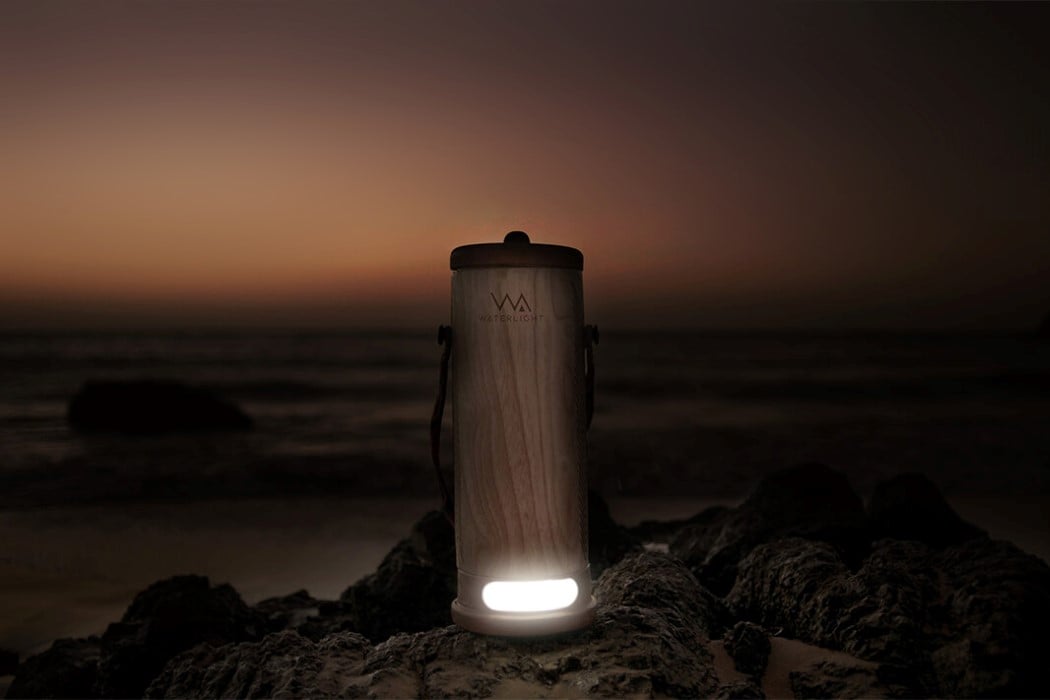
Almost a billion people have no access to electricity, according to World Health Organization data. That’s roughly 14% of the world that has to live in the darkness for half of the day. This stops them from being able to work and live, and makes it difficult for kids to study past dusk too. The WaterLight was designed to help them easily and effectively combat this situation without relying on a power grid. The light comes made from entirely recyclable materials that are water-resistant too. Inlets on the top of the lamp let water flow in, while the LEDs at the bottom provide 45 days of electricity with just half a liter of salt water.
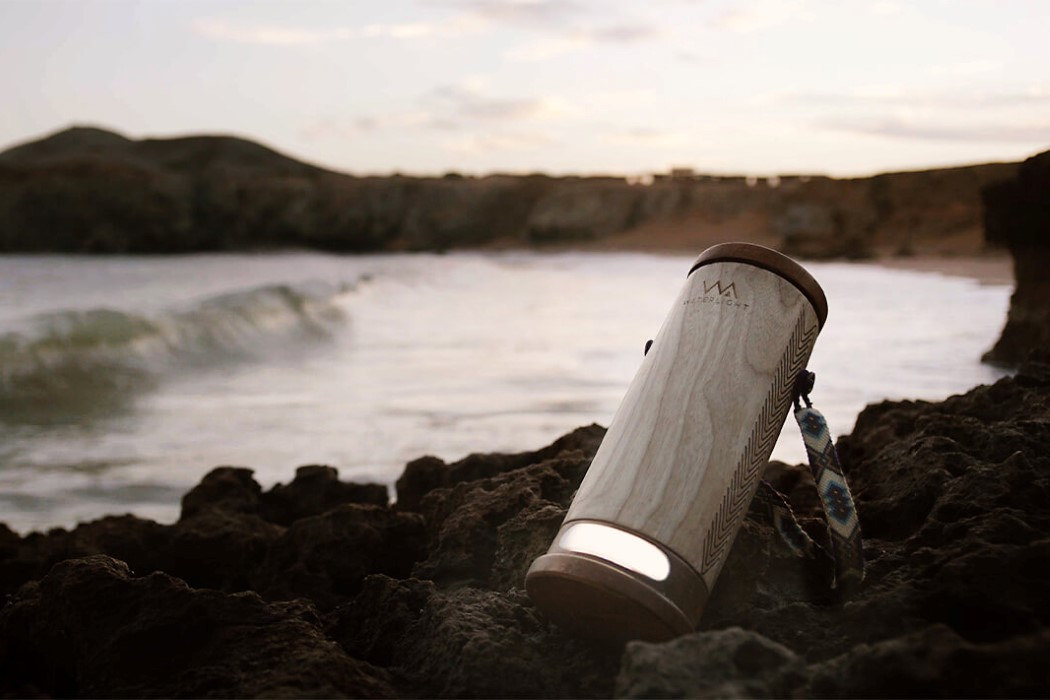
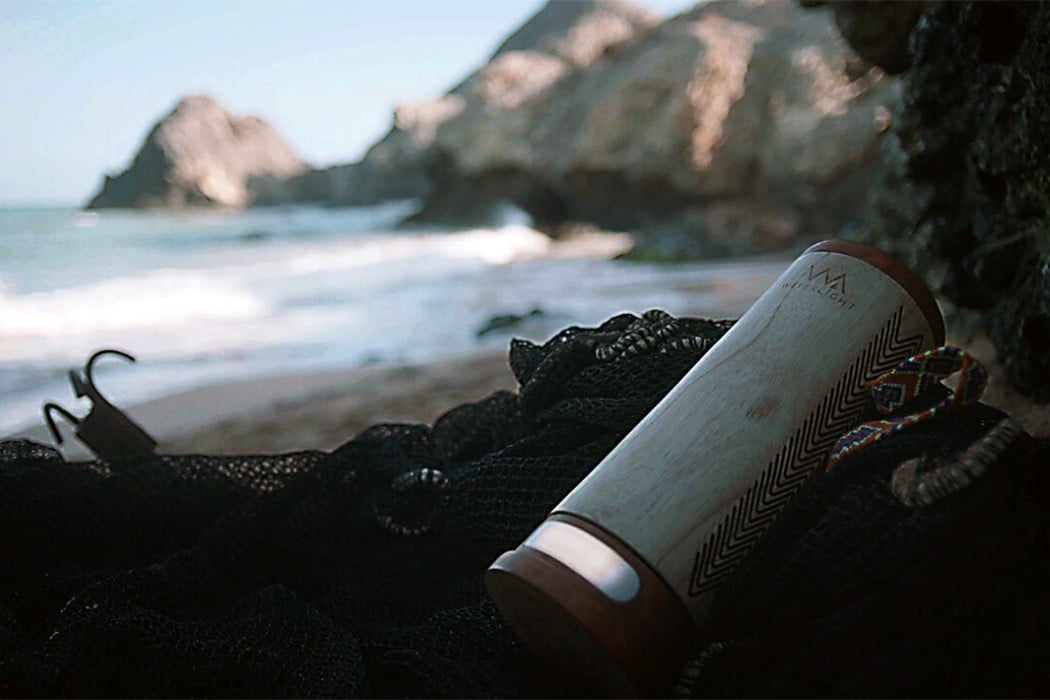
The design of the WaterLight is inspired by the Colombian Wayuu community, an indigenous tribe with a strong ancestral connection to the sea. Living practically isolated from civilization, the tribes still rely on fishing and handicrafts to sustain themselves – activities that can’t be done after dark. The WaterLight puts a powerful portable light in each household. Fishermen can take the light out to sea and use its canoe-friendly design to suspend it to their boats. Craftswomen, on the other hand, can use the lamp after dark to work on their art, and their children can use it to study after sunset.
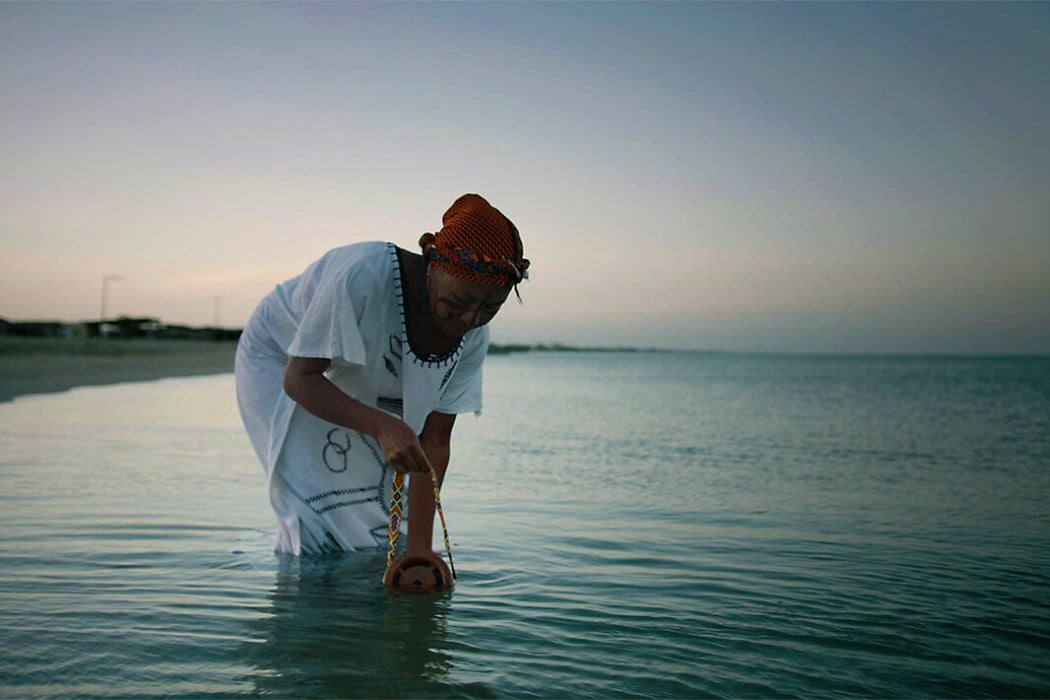
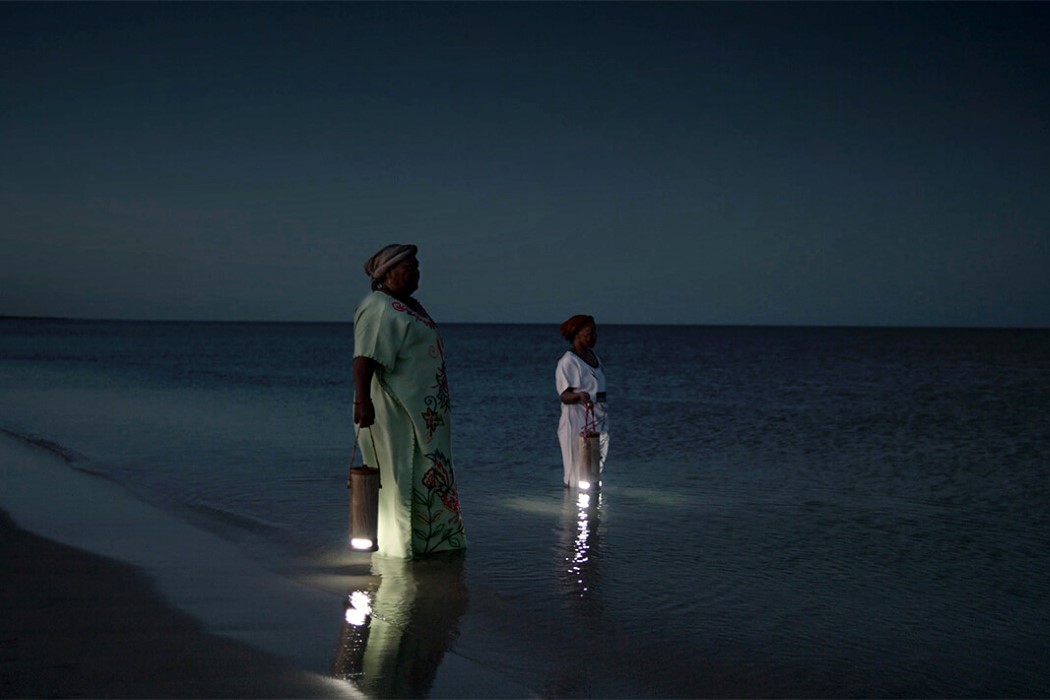
The light has a cylindrical case made of Urapán wood, featuring slits on the top that let you ‘scoop in’ sea or ocean water. Electrolytes from this salty water react with magnesium and copper plates inside the WaterLight, converting chemical energy into electricity. Small amounts of hydrogen gas is created as a by-product of this reaction, and the slits on the top easily let the gas escape out of the WaterLight. E-Dina developed and patented a way to stretch out this electrolyzation process carrying on within the lamp, allowing it to generate more power. This allows the lamp to harvest 45-days worth of light from just 500ml of seawater. The battery within the lamp itself can produce 5,600 hours of energy, allowing the WaterLight to be used for 2-3 years before being disposed of. Designed to be entirely recyclable, the lamp can easily be repurposed once it reaches the end of its life.
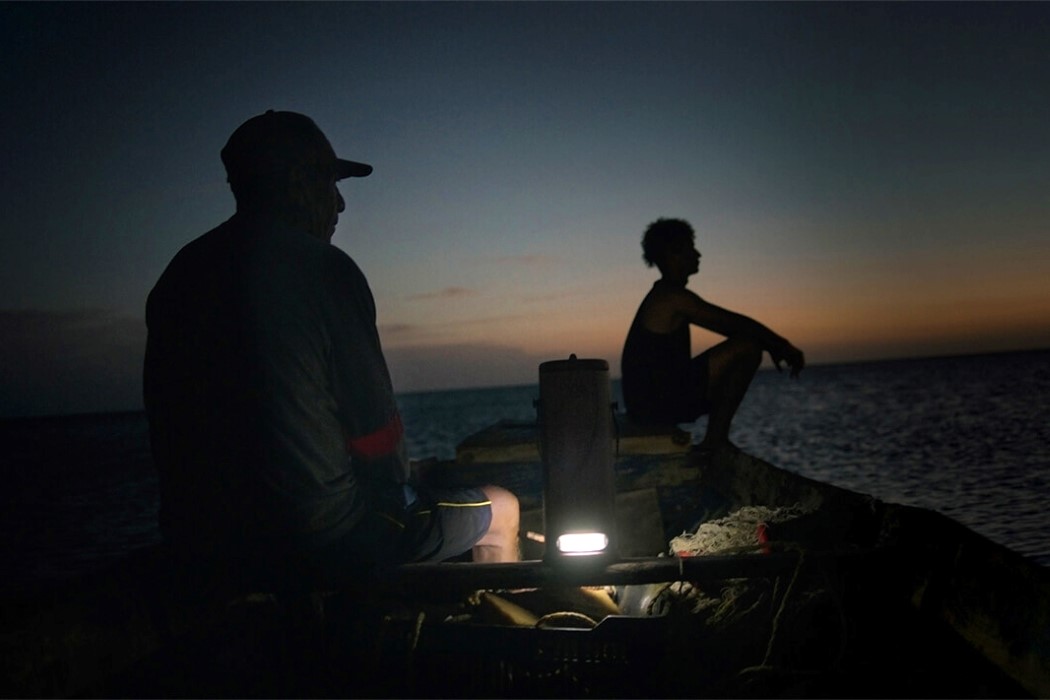
Water-activated magnesium batteries aren’t new, although their applications are few and far apart. The Solar Desalination Light (a finalist at the Lexus Design Award 2021) uses a similar solution to power lights at night while using the sun during the day to purify the ocean’s salty water for consumption. The WaterLight on the other hand, focuses on providing a versatile, portable, and efficient light that can be recharged using limited resources available to the users. For good measure, the lamps even work as mini generators, and a USB port on one side of the lamp lets you charge small devices with it like a smartphone, giving you access to communication and even to emergency services, should you ever need them.
Designer: E-Dina in collaboration with Wunderman Thompson
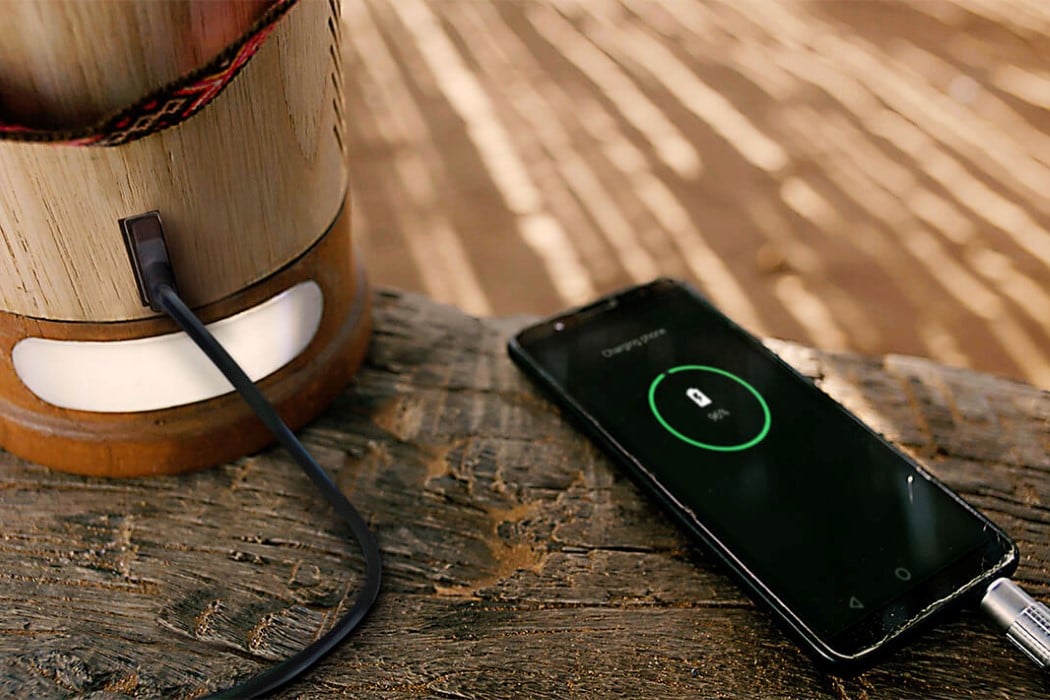
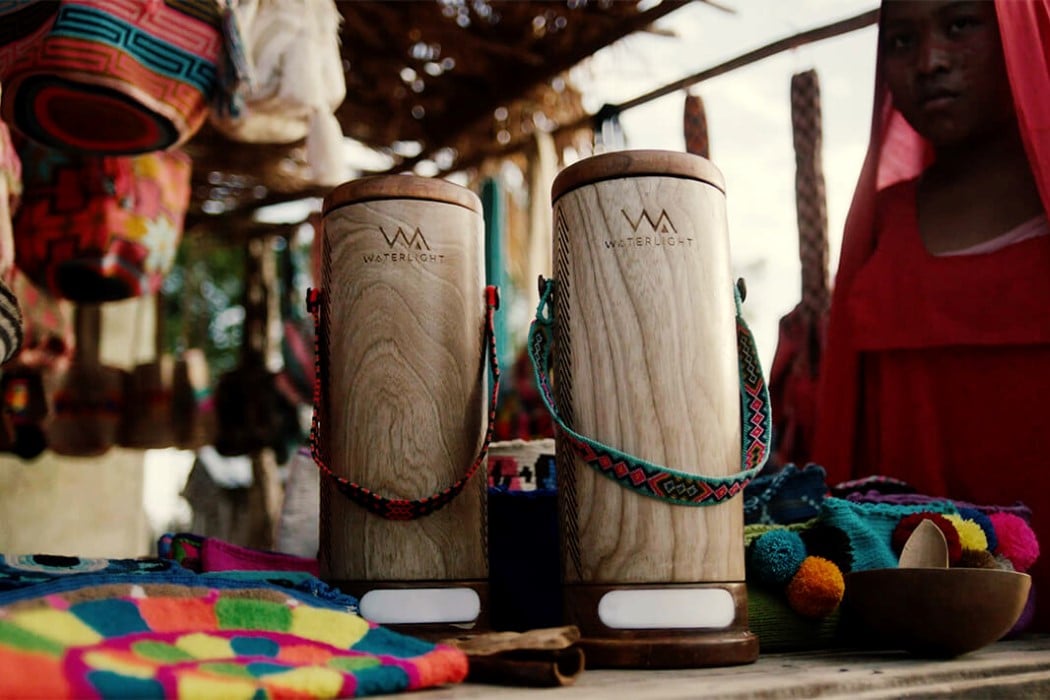
0 Commentaires